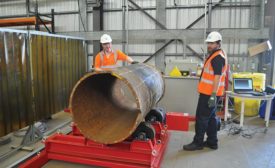Reviving Legacy Parts through Reverse Engineering & 3D Scanning
Reverse engineering and quality control will continue to be growing applications for 3D scanning technology, along with newer opportunities in virtual and augmented reality.
Read More
